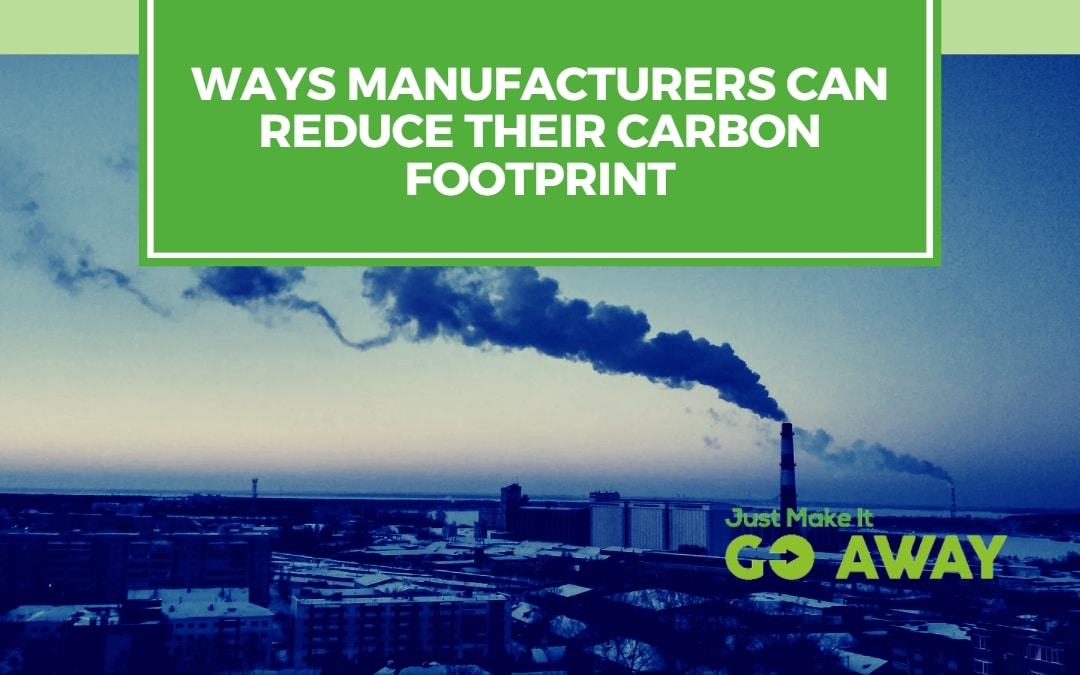With manufacturing having such a large carbon footprint, an industry-wide change towards emission reduction can make a big difference. Although every industry is diverse and different, here are the seven ways manufacturers can reduce their carbon footprints:
- Improve their equipment
- Invest in researching greener alternatives
- Utilize additive manufacturing
- Use technology to quantify demand more accurately
- Reduce, reuse, and recycle waste
- Set high emission reduction targets
- Utilize industrial carbon capture and storage
But how can manufacturers start to make the change toward a greener, cleaner future? Knowing what steps to take can go a long way toward meeting these goals.
Equipment Improvisions
When buying new equipment, manufacturers should be sure to buy high-quality machinery and parts. Investing in reliable machinery from the beginning saves money in the long run. This is because the mechanisms themselves will function more efficiently and for a longer period of time. Higher quality machines often come with longer and better warranties and better servicing as well. This means that, when your machine needs servicing, your production will not be on pause as long or as frequently. This is because they might be with lower quality machines and parts.
Research Greener Alternatives
Manufacturers should take time to reflect on what parts of their process can potentially be improved. Then they can invest in researching greener alternatives. In addition to being better for the environment, these alternatives often have the upside of also saving companies money in the long run. Sustainable substitutions can come in many forms – just a few examples include:
- Eco-design engineering
- Material substitution
- Energy source substitution toward renewables
Additive Manufacturing
For those who don’t know, additive manufacturing is the process of adding parts and materials to make a product. It is a great alternative to typical subtractive processes of manufacturing such as milling or carving. Traditionally, a carving method is used to maintain structural integrity. Also adding a substance layer by layer is more time-intensive and requires precision. However, in subtractive manufacturing, any excess product usually goes to waste. With advances in technology and software such as computer-aided design (CAD) and 3D printing, additive manufacturing is more efficient, saves time, and helps cut down on waste and reduce emissions.
Quantify Demand
Predicting the exact demand for a product, day-to-day, year-to-year is impossible. However, technology makes tracking and estimating demand a lot easier. Implementing automation in production lines as well as data-driven maintenance strategies can streamline the production process. This cuts down on extra work to track product and demand. By having a more accurate estimate of demand, manufacturers can not only cut down on excess products. They’re also reducing their energy usage, reducing their carbon footprint, and saving money! Learn more about the advantages and disadvantages of excess inventory.
Reduce, Reuse, and Recycle Waste
The three R’s are tried and true for a reason. Waste refers to more than just garbage; it can refer to wasted energy or emissions, too. Although implementing different kinds of recycling programs is always good, the R’s can also refer to more innovative solutions including:
- Reusing agricultural waste as fertilizer or biofuel
- Capturing heat and reusing it as energy
- Selling some or all non-perfect products to a value‐conscious low‐end market
- Remanufacturing and reusing prototypes, products, office supplies, etc.
- Recycling and upcycling products that are overstocked and taking up space
Set Emission Reduction Targets
Many companies release annual sustainability or Environmental, Social, and Governance (ESG) reports for their investors and consumers. These are an update of the current initiatives they’re taking to improve the environment and company workplace. Making emission reduction a part of company policy is a common practice. Green initiatives can take place in the factory, in the office, or through other corporate policies such as green purchasing guides or buying carbon offsets.
Industrial Carbon Capture and Storage
In an ideal world, all governments, companies, and individuals would strive to reduce their carbon emissions. However, the planet is at a point where even this measure would not make enough of a difference in our warming climate. Industry accounted for 23% of total U.S. greenhouse gas emissions in 2019 according to the Environmental Protection Agency (EPA).
Enter carbon capture. Carbon capture refers to using technology that extracts carbon emissions from the air and sequesters them underground. Although it may seem like a futuristic alternative, it is a viable solution for emissions in industries where few solutions to reducing emissions exist and has the potential to remove up to 99% of CO2 emissions from an industrial facility.
What are some ways that your manufacturing company reduces its carbon footprint?


